Today I have the elusive Bay tree photos that I needed when I wanted to do this post last week. I’m pretty proud of my on the fly plantain post that happened instead, but this one I’m really excited for! Although bay leaves are sort of taken for granted in the kitchen, they really do add flavor that you can’t get anywhere else when added to soups, stews, beans, or even infused winter gin. So, let’s go foraging for bay leaves!
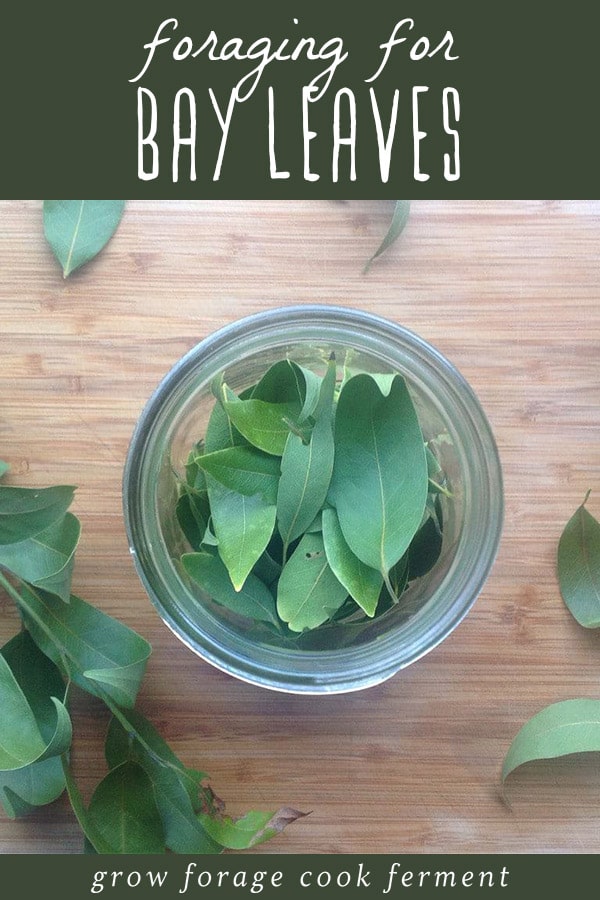
Want to save this post for later?
Foraging for Bay Leaves
We happened upon a California Bay tree (Umbellularia californica), also known as Oregon Myrtle, as we were hiking a beautiful trail along the Rogue river. I love the Rogue Valley so much!
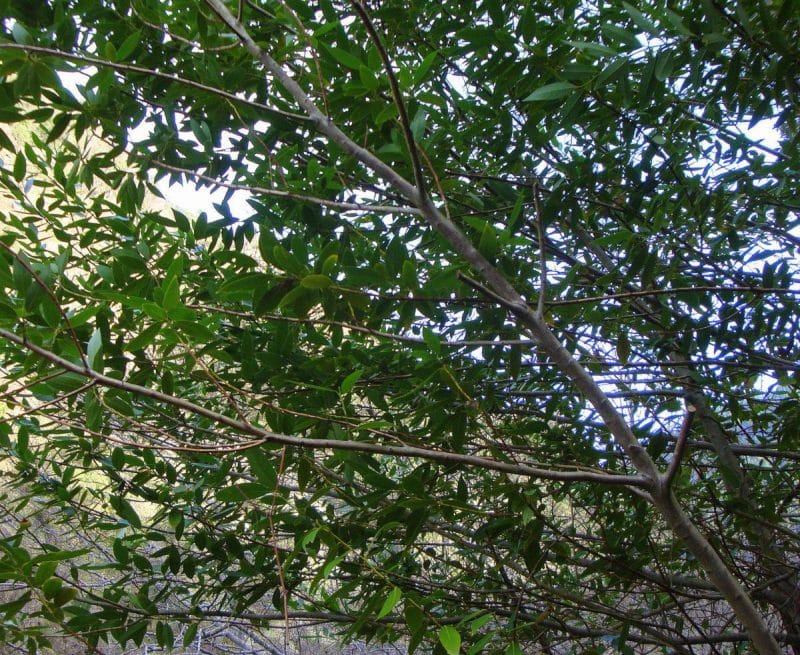

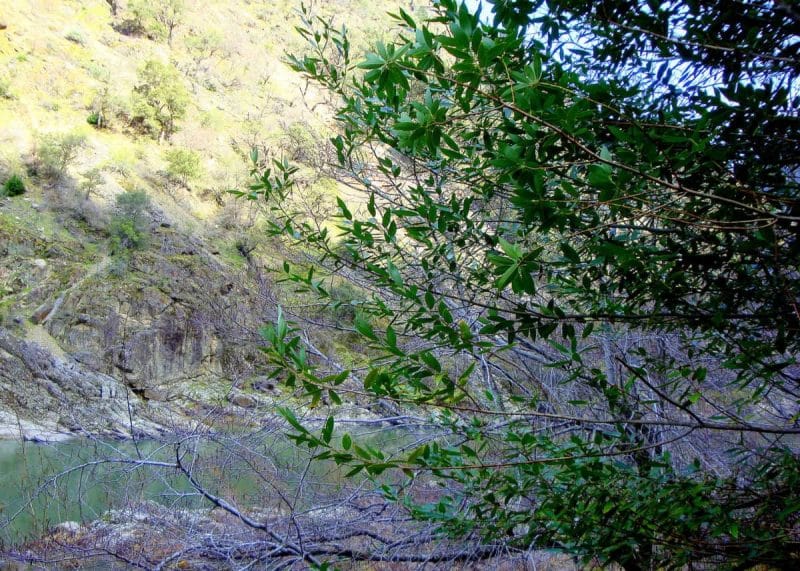
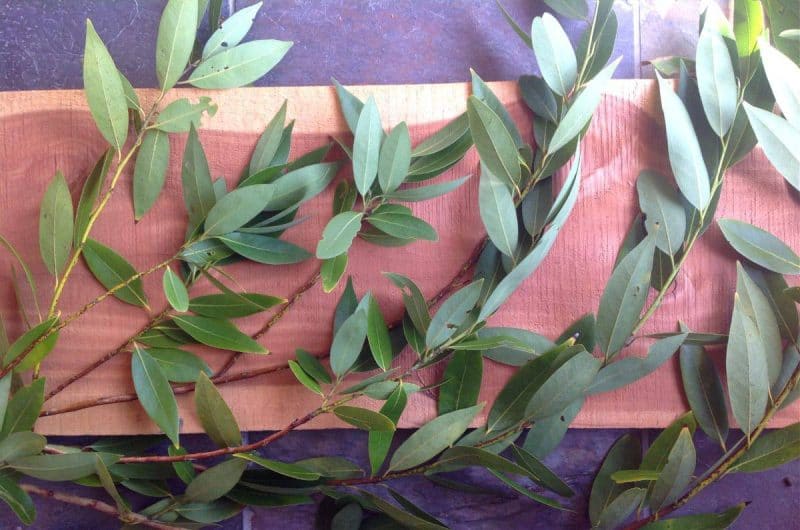
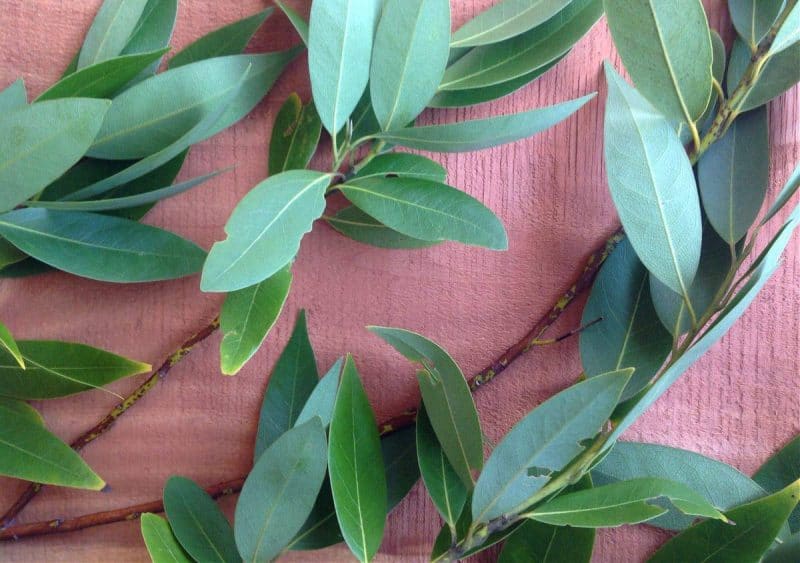
Preserving Bay Leaves
Hang the branches upside down for a couple of weeks to dry them out completely. You really want them to be as dry as possible before storing, so make sure they are almost crispy.
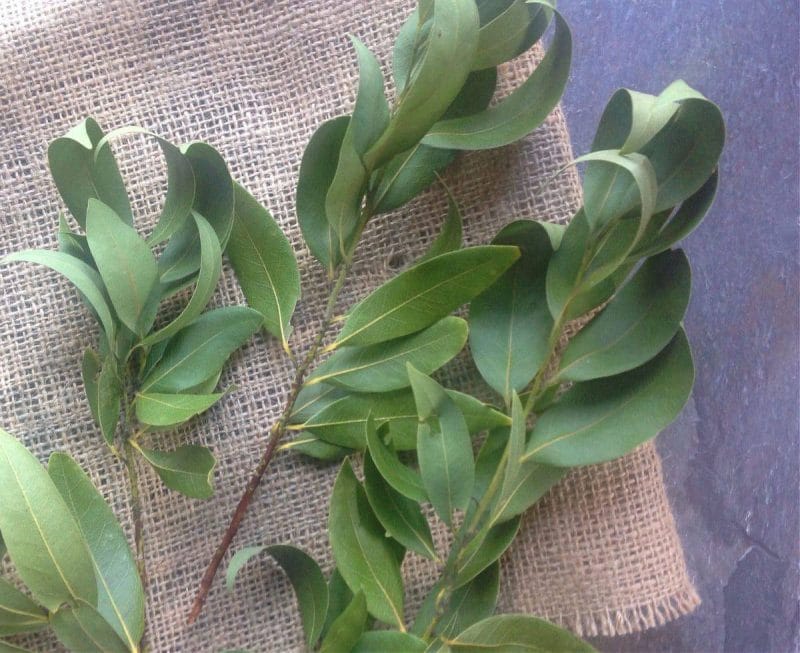
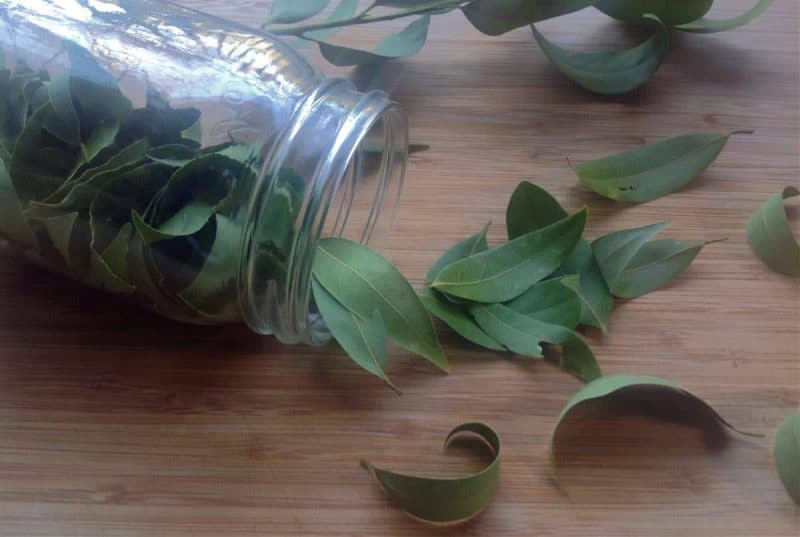
Wildcrafting Weeds
If you want to learn more about the edible and medicinal weeds that surround us and how to use them, check out my eBook: Wildcrafting Weeds: 20 Easy to Forage Edible and Medicinal Plants (that might be growing in your backyard)!
Gather & Root Online Foraging Course
My online foraging course is a great way to learn about wild edible and medicinal plants! Sign up to join the waiting list for the gather + root online foraging course here so that you are the first to know when it opens for enrollment.

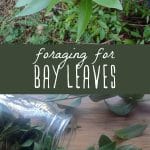
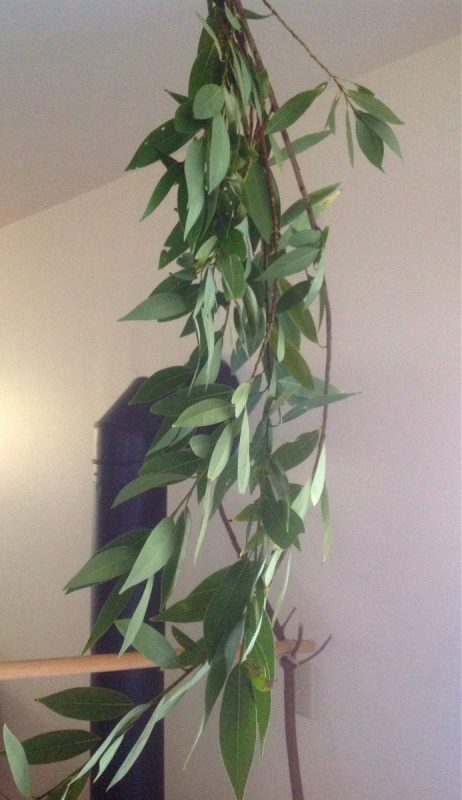

I have seen what may be bay shrubs in the Blue Mountains of northeastern Oregon. Are they the true bay? Can they be used in cooking?
Hi Barbara. It’s hard for me to say since I’m not sure what it looks like. I suggest checking out a tree identification book to identify the species before foraging any of the leaves.
Be careful, bay can be poisonous if you eat a lot. It must be used as a condiment.
In the North of Spain is a sacred plant. In these days, you give a bay or rosemary branch to your godparents as a present. And they give to you “el bollu” a sort of cake and/or some money. It’s a catholic religious celebracion but my godson isn’t baptized. And my branch hasn’t been in church.
Hi, Leta. Bay leaves are not poisonous or toxic. They’re one of the only edible species in the laurel family.
I started making Bay Leaf tea and if you dont care for the taste add a herbal tea bag of choice with it. It is great for sinus problems, stops a runny nose before the tea is finished. Lots of other benefits too
I’m looking for a long sampling spoon. Wondering if he could make me one.
Hi Colleen,
I now live in Kentucky & found some “weeds” that I can’t identify. Do you know a site I can post them to?
I like to harvest an arms length
low branch and pick the least
blemished leaves, the newest
Growth it seems , then
Leave the rest in a window sill or
On fireplace mantle . I wash , then
Dry flat on paper towels . Just in
case of bird poop & also I can get
It right close to the road & soot/road
Dirt I don’t need , if I found it on the
Rogue river I’d probably wash it
While in the river & not worry about it .
Cool!
Bay leaves are also an essential ingredient in spaghetti sauce. ( Come no ? )
Good job Colleen!